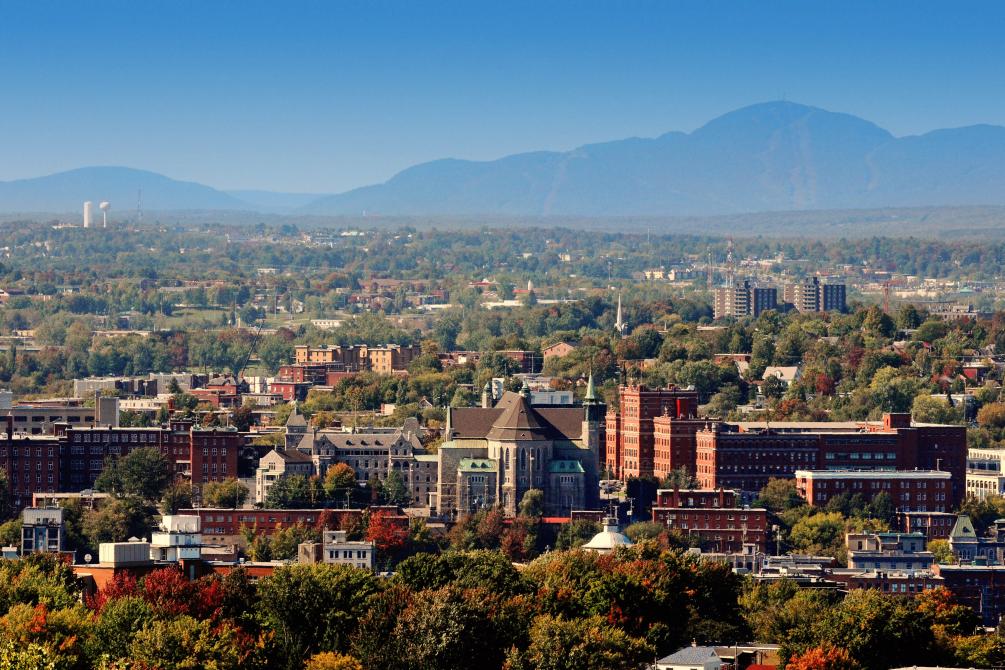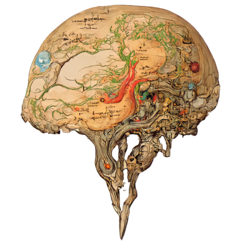About the Lab
The Medical Imaging and NeuroInformatic laboratory (MINi lab.) explores ways to increase the clinical relevance of medical imaging. More specifically the usefulness of diffusion magnetic resonance imaging and tractography. The laboratory is located in the Science Faculty of the Université de Sherbrooke. The Université de Sherbrooke is a french-speaking University (undergraduate courses and administrative interactions).
In the 90s, the human genome project was one of the most important goals in research. Today, mapping the human connectome is the next frontier. We have not yet completed an accurate cartography of its connectivity (structural connectome). Moreover, we still aspire to understand how these connections develop over time and how neurological disorders affect them.
Diffusion magnetic resonance imaging (dMRI) allows us to map how the brain is connected at a macroscale and the tissues’ properties at a microscale. This modality and contrast do not involve any radiation, tracing agents, or invasive procedures. The reconstruction of the structural connectome is achieved through a process called tractography. This process uses the minuscule local movement of water to guide “streamlines” over multiple white matter voxels and finally reconstruct (probable) long-range connections between gray matter regions.
This reconstruction is far from perfect–tractography has specificity/sensitivity (i.e., false positive/false negative) challenges. This means that sometimes invalid connections are created or that the full spatial extent of known connections is not recovered, which leads to reproducibility/replicability problems. By not being quantitative, tractography has limited itself in its clinical translation and impacts on medicine. The overarching goal of my research program is to address these challenges directly and to increase confidence in tractography.

About Sherbrooke
Sherbrooke is a city of around 200,000 inhabitants in the south of Quebec (Eastern Canada). The city is located in a mountainous and rural regions known for its outdoor activities and rural.
There are eight institutions educating 40,000 students and employing 11,000 people, 3,700 of whom are professors, teachers and researchers. The proportion of university students is 10.32 students per 100 inhabitants, giving Sherbrooke the largest concentration of students in Quebec.
The Sherbrooke region is surrounded by mountains, rivers and lakes. There are several ski hills nearby and various tourist attractions in regional flavour. Mont-Bellevue Park, a large park in the city, is well-known for downhill skiing and mountain biking. The St-Francois and Magog rivers are great for kayaking and canoeing and there are several biking (summer) and cross-country skiing (winter) trails in the regions.




